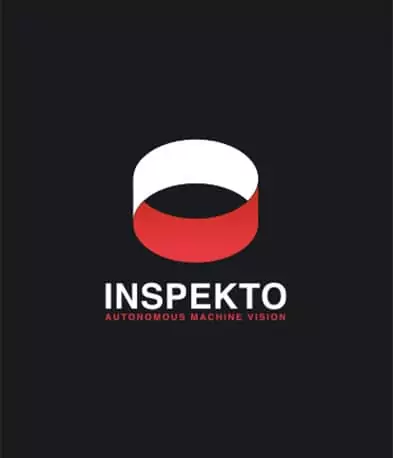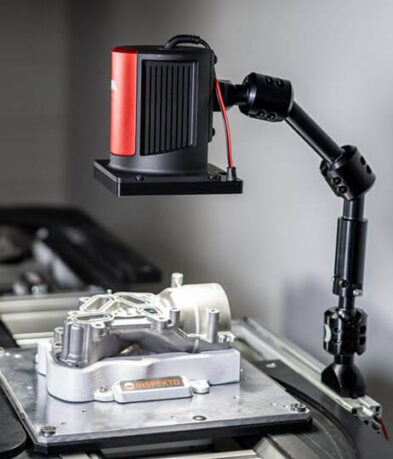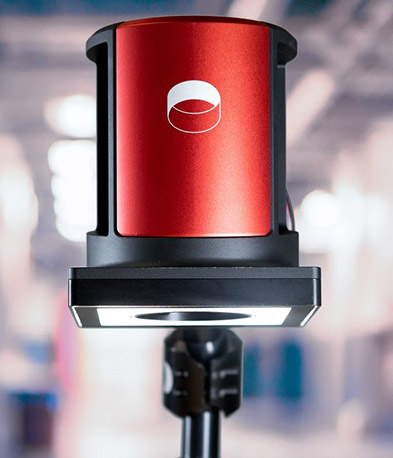TRACING QA THROUGH TIERS
April 09, 2020
Improving quality in the automotive supply chain
Each year, approximately a million vehicles are recalled in the UK for safety repairs. In the USA, 23 per cent of all the cars in service have been called back over the past three years. These figures don’t include cars that just malfunction and need repair. Whether the problem is engines, HVAC systems, gear components, tyres, software, airbags or steering wheels, faults in vehicles pose a serious safety risk. Here Harel Boren, CEO of Inspekto, the founder of Autonomous Machine Vision, discusses what can be done to improve quality and reduce costs in the automotive supply chain.
The automotive supply chain is incredibly complex — structured in tiers from raw materials to larger structures, to the original equipment manufacturer (OEM) building the final product. The average vehicle has around 30,000 individual parts, sourced from a range of suppliers, which will be transported between tiers — sometimes halfway around the globe.All this means thatassuring andmonitoring quality across this vast supply chain has historically been a tricky process.
In addition, Automotive OEMs continuously manage the quality of products their suppliers, and their supplier’s suppliers, provide. During production and just before shipping, manufacturers perform visual quality assurance (QA) so that any defective products are not sent on to the next tier. As the dire statistics show, these huge efforts generate sub-optimal results for OEMs across the globe.
The factory has eyes
However, the traditional visual quality assurance ecosystem is not fit for this purpose. Random checks deliver little more than nothing. The next best thing is human inspection – which fails to recognize defects in 25 per cent of products inspected, not to mention the tedious work and the cost of labour that is taken away from actual production.
The last resort would be machine vision inspection. However, because machine vision inspection solutions are so expensive, a minimum of £70,000 and sometimes in excess of £150,000 for each project deployed at one point on a single line, automotive manufacturers are installing them only at major junctions. Even so, these solutions are prone to fail with any change to the production line. Whether it is lighting, handling or the product itself, any change will require costly adaptation of the machine vision solution, along with a long and nerve wrecking wait.
In addition, because machine vision inspection traditionally relied on a systems integrator to hard-engineer a solution onto the line, there are significant wait times in proof of concepts, commissioning and delivery of components. Once it is installed, a lengthy training process is required to teach the system all possible defects that could occur, followed by iterative optimization, validation and commissioning. This too, deters manufacturers from using machine vision.
Autonomous is the answer
As of November 2018, this no longer applies. The launch of Autonomous Machine Vision as a new category in machine vision, introduced affordable inspection systems that can be readily installed by the company’s own personnel. This means that automotive manufacturers can install visual QA at any point they want to address on the production line and do so as soon as the need comes up.
Installing visual QA at every required point on the line means that any quality issues that occur in between major junctions are identified and defective products can be removed from the line. This reduces wasted energy and labour spent on a product, which will inevitably be scrapped. On top of that — if your buyer, the next tier manufacturer, claims that your business sent them a faulty product, you will be able to prove that it left your premises undamaged.
In addition, AMV enables plant optimisation. Using TRACKS, the archiving and traceability application that can be installed on every INSPEKTO S70, manufacturers can trace exactly where a defect was introduced and what machine caused it, so that they can optimise their process to reduce the risk of defects being introduced in the future.
It feels as though every day, another vehicle is being recalled. However, with the introduction of Autonomous Machine Vision, recalls will decline. To find out why no manufacturing plant that has received a demo of the Inspekto S70 has ever failed to place an order, visit https://inspekto.wpengine.com.
You May Also Like

MACHINE VISION: CUTTING THE COST
New technology is changing the machine vision business model. Kakeibo is the Japanese art of saving money. The concept, invented in 1904, involves keeping a budgeting journal to…

DEFINING AUTONOMOUS MACHINE VISION – A NEW CATEGORY
Industrial manufacturing will never be the same. “You never change things by fighting the existing reality. To change something, build a new model that makes the existing model…

THE POISONED APPLE EFFECT
Breaking the chains of Traditional Machine Vision. In Snow White and the Seven Dwarfs, the jealous stepmother of the protagonist orders the title character to be killed. Snow…